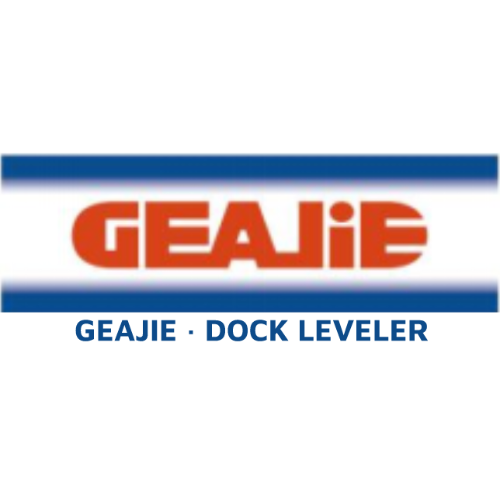In the fast-paced world of logistics and warehousing, the efficiency of loading and unloading operations is crucial. A well-chosen dock leveler drive mechanism can significantly impact the operational performance, safety, and maintenance costs of your facility. Today, we’ll compare the three primary drive mechanisms for dock levelers: electric, pneumatic, and mechanical, helping you make an informed decision for your business needs.
1. Electric Hydraulic Drive: Precision and Power
Overview:
Electric hydraulic drives are among the most popular and efficient mechanisms used in dock levelers. They operate using an electric motor that powers a hydraulic pump, which then controls the raising and lowering of the platform via hydraulic cylinders. This system is particularly noted for its smooth and precise operation, especially when handling heavy loads.
Key Advantages:
- Efficient Operation: The hydraulic system provides precise and smooth control, making it ideal for environments that demand frequent and heavy-duty operations.
- High Load Capacity: Electric hydraulic dock levelers can handle heavy loads with ease, which is crucial for demanding loading and unloading tasks.
- Automation: With higher levels of automation, these systems reduce the need for manual intervention, thereby lowering the risk of injury and boosting operational efficiency.
Ideal Applications:
Electric hydraulic drives are best suited for large warehouses and distribution centers where heavy goods are handled frequently. Their efficiency and capacity make them an excellent choice for high-frequency operations.
2. Mechanical Drive: Simplicity and Durability
Overview:
Mechanical drive systems operate using a combination of springs, gears, and levers to adjust the platform height. This traditional mechanism is straightforward and has been a staple in various industrial settings for years.
Key Advantages:
- Cost-Effective: With a lower initial cost and simple maintenance requirements, mechanical drives are a budget-friendly option, particularly for smaller operations.
- Durable: The simplicity of the mechanical structure means fewer points of failure, making it highly durable over long-term use.
Drawbacks:
- Manual Operation: Mechanical systems require more manual effort, especially in high-frequency use scenarios, which can increase labor intensity.
- Less Smooth Operation: Compared to hydraulic systems, mechanical drives can feel more cumbersome, particularly when handling heavier loads.
Ideal Applications:
Mechanical drive systems are ideal for small warehouses or operations with limited budgets and lower frequency of use. Their durability and low cost make them a practical choice for budget-conscious facilities.
3. Pneumatic Drive: Eco-Friendly and Low Maintenance
Overview:
Pneumatic drives utilize compressed air to operate the raising and lowering of the dock leveler platform. This system inflates air bladders or cylinders to adjust the platform’s height, offering a unique alternative to hydraulic and mechanical drives.
Key Advantages:
- Eco-Friendly: Pneumatic systems do not use hydraulic oil, reducing environmental impact and offering more energy-efficient operation.
- Low Maintenance: With fewer complex components, these systems are easier and less expensive to maintain, making them suitable for facilities with a focus on sustainability.
- Simple Operation: Pneumatic systems are straightforward to operate, with height adjustments controlled by air pressure.
Drawbacks:
- Limited Load Capacity: Compared to hydraulic systems, pneumatic drives generally offer a lower load capacity, limiting their use in environments that require handling heavy loads.
Ideal Applications:
Pneumatic drives are well-suited for medium-sized warehouses and light industrial operations, particularly for companies that prioritize sustainability and low maintenance costs.
Conclusion: Selecting the Right Drive Mechanism
Choosing the right drive mechanism for your dock leveler depends on your specific operational needs, budget, and maintenance capabilities. Electric hydraulic drives offer the highest efficiency and smoothest operation, making them ideal for large-scale, high-frequency operations. Mechanical drives are cost-effective and durable, perfect for smaller facilities with lower usage rates. Pneumatic drives provide an eco-friendly and low-maintenance solution, ideal for medium-sized operations with a focus on sustainability.
By carefully evaluating your business needs, you can select the most suitable drive mechanism, ensuring the long-term efficiency and performance of your dock levelers. Investing in the right technology not only optimizes your operations but also contributes to a safer and more efficient work environment.


